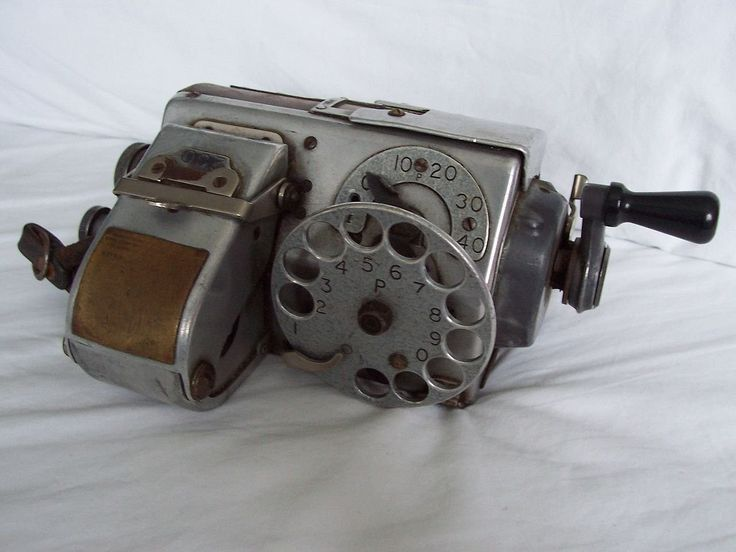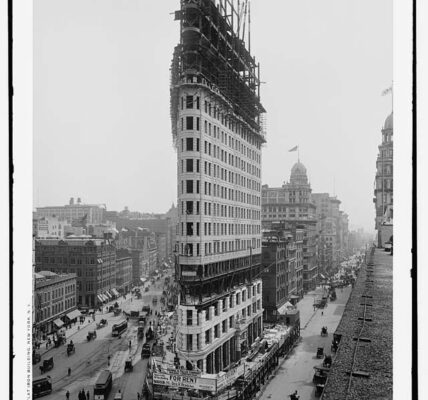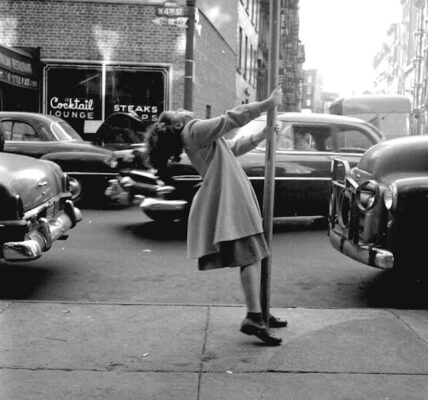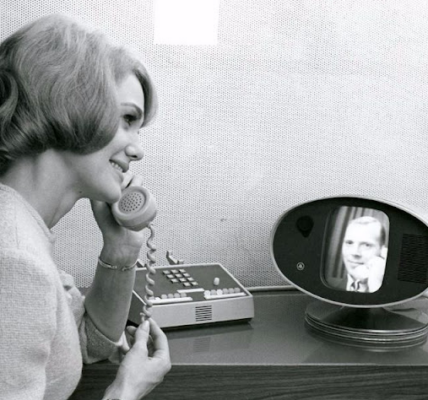When was the last time you used a pencil? Maybe it was to sketch a new idea, solve a tricky crossword puzzle, or mark an important measurement on a woodworking project. For many of us, pencils bring back memories of school days, huddling around the sharpener in the classroom, or that satisfying snap of a freshly sharpened point. The pencil, while simple, is a powerful tool, and at the heart of keeping it functional lies an indispensable accessory—the pencil sharpener. Join me as we take a journey through the history of pencil sharpeners, exploring how they’ve evolved from humble beginnings to finely crafted instruments of art and precision.
The Birth of the Pencil Sharpener
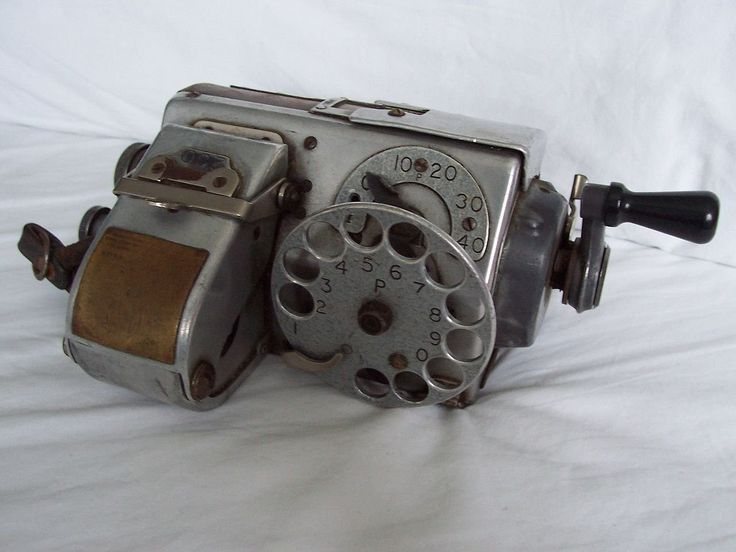
Long before pencil sharpeners became a common household tool, people relied on whittling. This simple technique involved manually shaving the wood away to reveal the graphite core. While it got the job done, whittling was far from efficient. Enter Bernard Lassimone, a Parisian mathematician, who, in 1828, invented the first pencil sharpener. Known as the Taille Crayon, this device aimed to streamline the process and offered a safer alternative to knives.
The British soon followed suit, with Cooper & Eckstein introducing the “Patent Pencil Pointer” a decade later. Although this early sharpener still required manual labor, it marked the beginning of a shift towards more convenient, purpose-built devices. A few years later, in 1847, Therry des Estwaux improved the design further by creating a conical sharpener, allowing users to sharpen their pencils with greater ease and consistency. This simple yet innovative idea paved the way for the mass production of pencil sharpeners and brought them into widespread use.
The Rise of Mechanical and Portable Sharpeners
The 19th century saw continued advancements in pencil sharpener technology, with innovations that prioritized both speed and precision. In 1896, American inventor A.B. Dick introduced the Planetary Pencil Pointer, a machine-operated sharpener that used two rotating disks to sharpen the pencil as it was held in place. This design was a significant step forward, offering users a more automated way to sharpen pencils without the hassle of manual labor.
Around the same time, a carpenter named John Lee Love developed a more portable, user-friendly sharpener called the Love Sharpener. This crank-powered sharpener featured a built-in shavings receptacle, making it easy to use on the go. The Love Sharpener was practical, portable, and even served as a stylish desk accessory—a true testament to the ingenuity of its creator.
The Olcott Climax: Precision and Efficiency
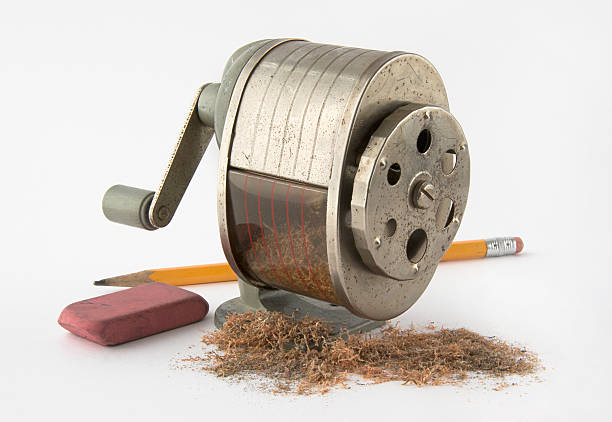
In 1904, the Olcott Climax Pencil Sharpener set a new standard for pencil sharpeners with its unique cylindrical cutter and spiral blades. Unlike earlier models, which relied on abrasive surfaces or simple blades, the Climax used a complex arrangement of gears and cutters, allowing for smooth and precise sharpening. This made it possible to achieve a perfectly pointed pencil tip with minimal effort, a feature that won over schools, offices, and artists alike.
The Climax model underscored a key shift in pencil sharpener design—toward devices that combined functionality with precision engineering. This high-quality model allowed pencil users to achieve an even, fine point with ease, making it ideal for tasks requiring detailed work, such as drafting and sketching.
Electric Sharpeners: A Modern Revolution
The 20th century brought with it the advent of electric pencil sharpeners, which further revolutionized the way pencils were sharpened. Introduced commercially in 1917 by Farnham Printing & Stationery Co. in Minneapolis, electric sharpeners were initially a novelty item. By the 1940s, however, they had become popular in offices and schools, prized for their efficiency and ease of use. These machines offered a quick, consistent sharpening experience and appealed to anyone who used pencils frequently.
Electric sharpeners operate by holding the pencil in place while an internal motor spins the cutter, providing a perfectly sharp point in seconds. This advancement not only saved time but also extended the life of the pencil by sharpening with remarkable precision. Today, electric sharpeners are widely available and feature enhanced designs that include automatic shut-off and adjustable settings for varying pencil diameters.
The Renaissance of Artisanal Pencil Sharpeners
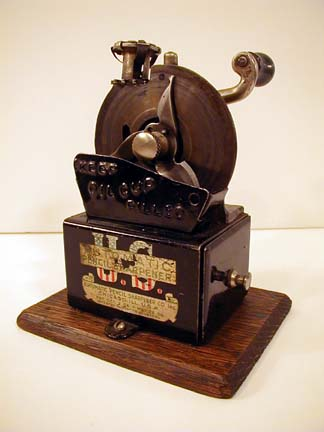
In recent years, there has been a resurgence in the appreciation for beautifully crafted, artisanal tools, including pencil sharpeners. As consumers seek out quality products that emphasize craftsmanship, companies have responded by producing sharpeners that are as stylish as they are functional. One such example is the Høvel Pencil Plane by Brahman Design. This elegant sharpener takes inspiration from traditional woodworking tools, allowing users to manually plane the pencil to achieve a customized point.
The Høvel, made from brass, combines modern aesthetics with a nostalgic touch, inviting users to slow down and enjoy the process of sharpening. The freedom it provides over the shape of the pencil point appeals to artists and designers who value precision and control. It’s a far cry from the mechanized approach of electric sharpeners, offering a hands-on experience that feels almost therapeutic.
Similarly, Caran d’Ache has introduced the Pencil Peeler, a sleek tool reminiscent of a potato peeler but designed specifically for pencils. Its ergonomic design allows for a unique sharpening technique, ideal for artists who want to create specific pencil shapes for different shading effects. Caran d’Ache is known for its high-quality art supplies, and the Pencil Peeler embodies this dedication to craftsmanship and function.
Caran d’Ache’s Machine Sharpener: A Legacy of Precision
Caran d’Ache has long been a respected name in the world of art supplies, and their pencil sharpener, designed in 1933, remains an icon. The latest release of their Brut Rosé Lacquer Finish Machine Sharpener is a masterpiece of engineering and design. Limited to only 4,478 pieces, this stunning tool not only sharpens with exceptional precision but also serves as a collector’s item.
This sharpener accommodates both round and hexagonal pencils, with an adjustable screw that allows users to control the length of the sharpened point. With high-resistance steel cutters and a sizable shavings compartment, it’s clear that the Brut Rosé is as functional as it is beautiful. This premium sharpener is ideal for anyone who values both performance and aesthetics in their tools.
A Tool for Every Artist, Writer, and Pencil Enthusiast
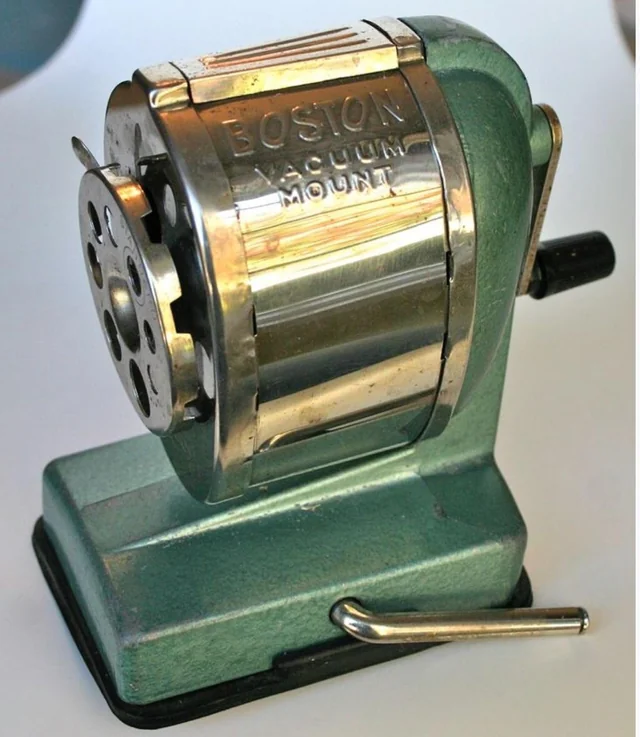
From its humble origins in the form of whittling to the intricate devices we use today, the pencil sharpener has come a long way. Whether you’re an artist looking for a precision tool, a writer who loves the tactile experience of a freshly sharpened pencil, or a collector of fine office supplies, there’s a sharpener designed with your needs in mind.
Modern innovations like the Høvel Pencil Plane and Caran d’Ache Pencil Peeler reflect a return to quality and craft, while electric sharpeners continue to offer convenience and efficiency. In a world dominated by digital devices, these sharpeners remind us of the beauty of analog tools and the simple pleasure of sharpening a pencil by hand.
Conclusion: Celebrating the Pencil Sharpener’s Legacy
The pencil sharpener may seem like a small, simple tool, but its history is rich with innovation and artistry. From the early designs of Bernard Lassimone to today’s luxurious models, sharpeners have evolved to become indispensable accessories for anyone who appreciates the art of the pencil. So next time you pick up a pencil, take a moment to appreciate the sharpener that brings it to life. It’s a reminder that even the most modest tools have the power to inspire, create, and sharpen our perspectives.
